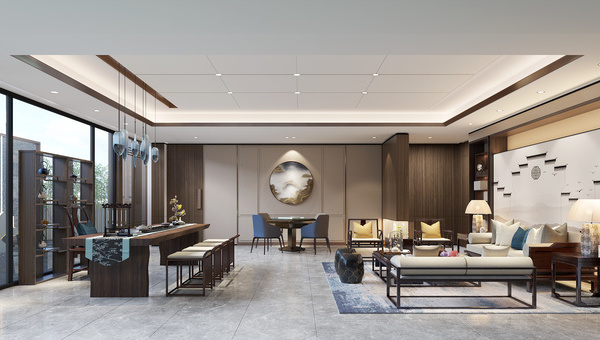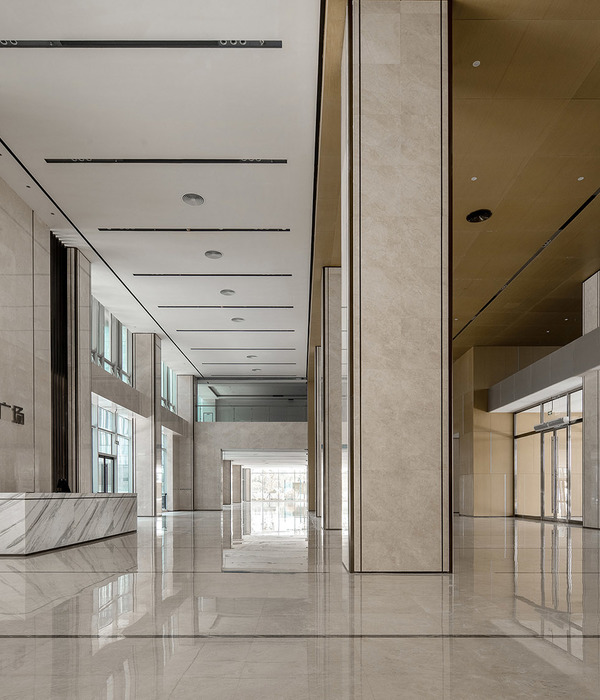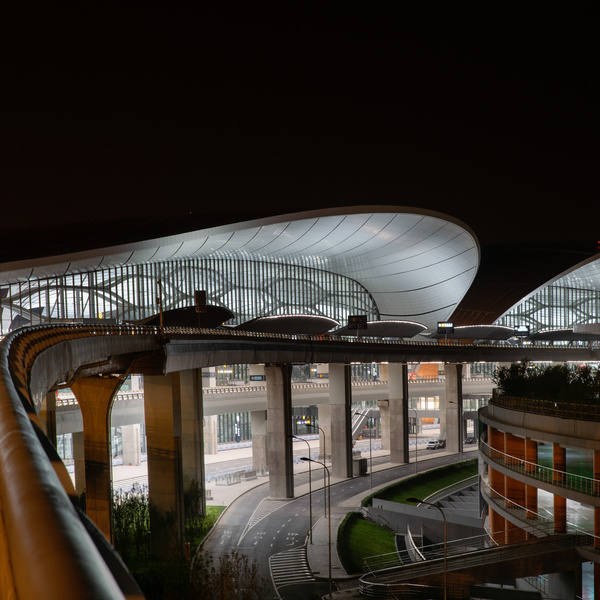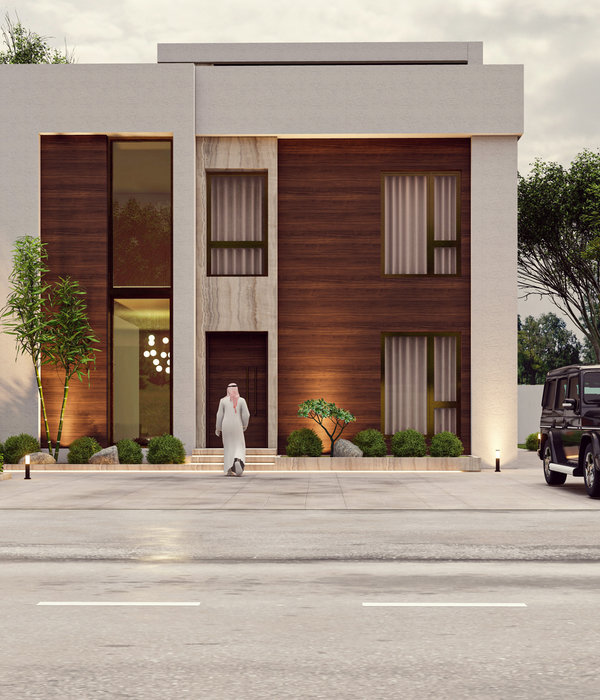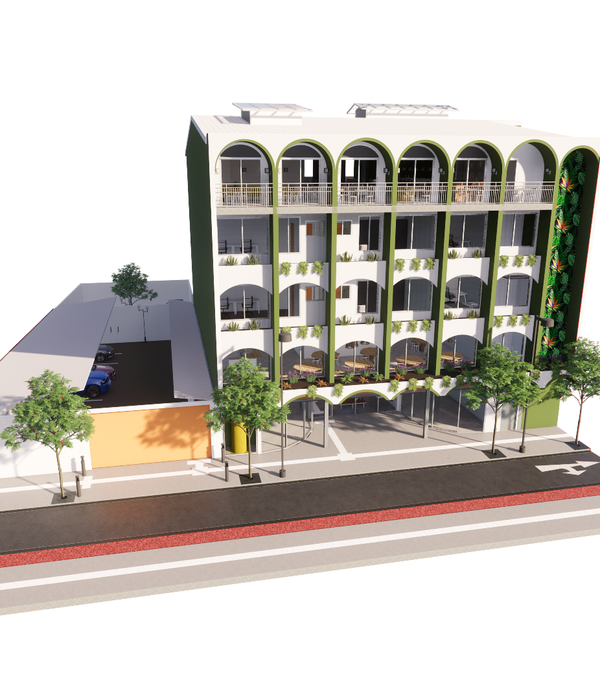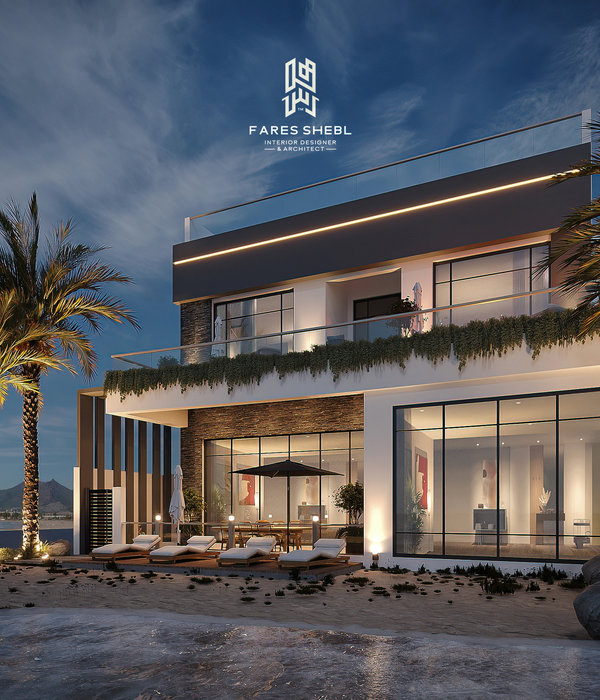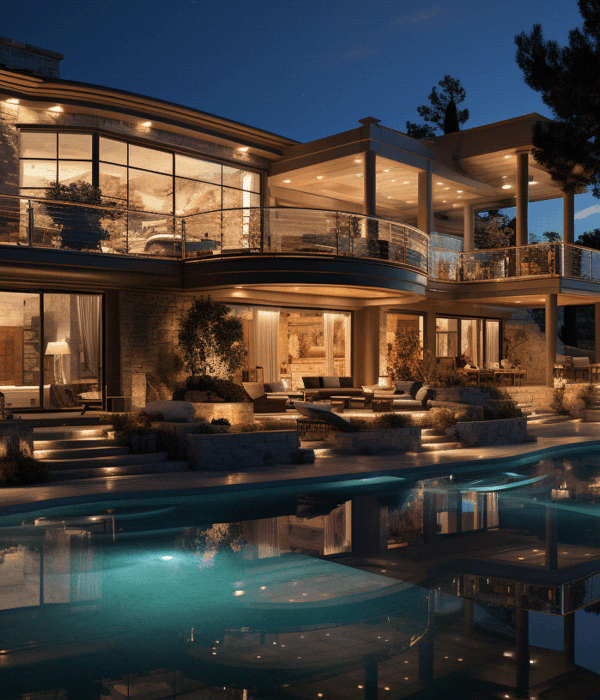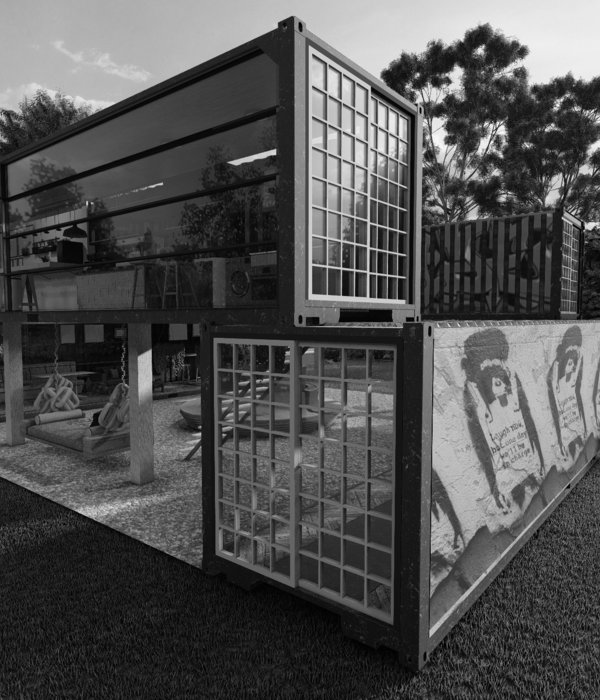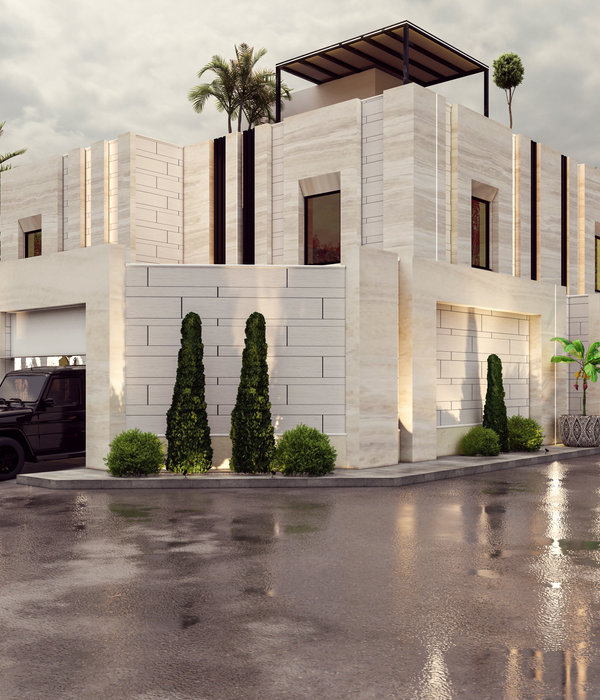Location:Berlin, Germany; | ;View Map
Category:Cities
It is in vain to predict the political, cultural or economic developments of the next 50 years. In order to recognise this, a look into the past is sufficient.
To predict the political, cultural and technological developments in the next 50 years is an intricate effort. We know that the climate will change and that Brandenburg will become warmer and drier on average. We know that this will have consequences for food production, biodiversity and that structures in industry, agriculture and energy will have to adapt. As well as landscape, water and biological systems. These transformations will take decades and can build on the strengths of Berlin-Brandenburg’s landscape: the lakes and rivers as the backbone of a cultural landscape characterised by heterogeneity and polycentricity.
Landscapes of Differences proposes to initiate a long-term transformation process of these systems to ensure a resilient and productive future for Brandenburg and Berlin. This transformation creates the framework in which the lives of citizens can unfold freely in its social and economic facets and in a way that is future-proof. Starting with Brandenburg’s ecosystems, it forms the basis for systemic and sustainable change. This transformation process is reflected in four landscapes.
The water landscape, its lakes and rivers, shapes and connects Brandenburg and Berlin in terms of industry, biodiversity, agriculture, energy and transport, as well as it creates a strong character of the cultural landscape. At the same time, the Elbe catchment area, in which Brandenburg is largely located, has the second-lowest water availability per capita in Europe. Climate change will exacerbate this situation: reduced precipitation and increased evaporation in summer will make Brandenburg even drier, interrupted by an increase in heavy rainfall events, which in turn will pollute water bodies and soil.
Therefore, we think of the structure of Berlin-Brandenburg as a network of water cycles and suggest a new way of incorporating water in daily life. A system of green corridors of protected habitats for flora and fauna increases biodiversity. Water bodies and moorland landscapes are protected even more extensively; monocultural large-scale agricultural areas are transformed into climate-proof farms. These are the elements of a circular economy for sustainable, respectful and profitable use of the land.
Berlin’s main traffic routes have created the star-shaped settlement structure of the city, which has preserved open spaces and prevented traffic collapse by densifying along the public transport axes. But the settlement star alone does not do justice to the diverse character of the Berlin and Brandenburg region. It needs a more flexible and diverse structure.
Therefore, the network of the water landscape penetrates and supports the settlement star of the 19th and 20th centuries. Intersections are created where new strong centres are emerging and growing together to form networks: Berlin and Brandenburg, nature and city are being linked to form a landscape of differences between natural and man-made spaces. The urban sprawl is put to an end, and the existing settlement structure is deliberately condensed and transformed at existing and new intersections: these are the centres of tomorrow – not remote suburbs, but centres with a unique quality of life, urban vitality, in nature and by the water.
Decentralisation also takes place in terms of energy: energy is efficiently produced from wind, sun, and water. Solar collectors and wind turbines are purposefully integrated into the landscape where wind speed, soil conditions, topography and settlement structure make this seem most sensible. No longer functional industrial areas are used for decentralized storage of energy as hydrogen, water heat or in pumped storage facilities.
Short distances between production and consumption, allows reducing looses due to transportation. Decentralisation increases resilience, surpluses are fed into the grid, oil and gas no longer play a role, CO2 neutrality is the norm. Citizen electricity and energy communities based on an intelligent network system make energy production accessible to everyone.
The current average speed of motorized traffic in Berlin is 20km/h. This can also be achieved with the (e-)bicycle. On average, Berlin households own fewer motor vehicles than compared with other German cities. We are on the right track. The empty streets of the Corona Crisis have given us an idea of what can happen: streets can give space for games and sports recreation and bring more peace. However, technical development is unclear. We do not know which solutions will prevail in the future. What is clear is that mobility will change, that cars and private transport will no longer play the main role, that autonomous driving will increase. We are therefore creating the conditions for more sustainable mobility. This means further expanding the network of cycle paths and making them suitable for fast e-mobility, creating space for intermodality points for switching between different modes of transport (collective, public, individual), restricting motorised individual transport, re-directing heavy traffic to specific transport axes and waterways. This allows us to convert streetscape gained into public spaces and upgrading road spaces as shared interfaces for various mobility modes of the future.
▼项目更多图片
{{item.text_origin}}


